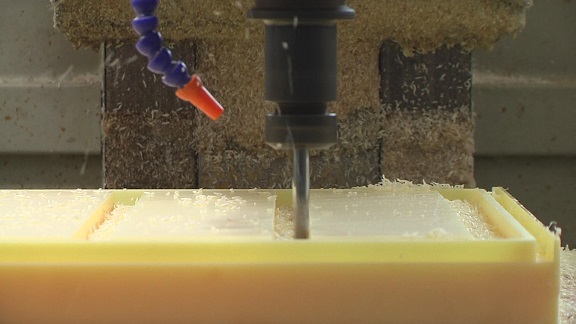Get in touch.
Dear,I will reply in 12 hours. All your message are protected!
Rapid Prototyping Services, Professional manufacturer of CNC Prototyping and 3D Prototyping in China.
CNC machining offers endless possibilities for creating intricate patterns on various materials. Whether you are looking to add decorative elements or functional designs, CNC machines provide precision and versatility. In this article, we will explore the steps and best practices for machining patterns using CNC technology.

1.Design and CAD Modeling:
Before machining patterns, it is crucial to have a well-designed CAD model. Determine the desired pattern, taking into account the material and the capabilities of your CNC machine. Use CAD software to create a precise digital model of the pattern, ensuring proper dimensions and detailing. Pay attention to the tooling paths required for machining the pattern accurately.
2.Material Selection:
Consider the material properties and characteristics when selecting the material for your pattern. Different materials, such as wood, metal, or plastic, may require different cutting tools and machining techniques. Choose a material that is suitable for the intended application and can be machined effectively.
3.Tooling Selection:
Selecting the appropriate cutting tools is crucial for machining patterns. Consider the material being machined, the intricacy of the pattern, and the desired finish. Use tools with the required geometry, such as end mills, engraving bits, or ball mills, to achieve the desired level of detail and accuracy. Ensure the cutting tools are sharp and in good condition to obtain optimal results.
4.Machining Techniques:
Depending on the pattern complexity, various machining techniques can be employed. For simple patterns, contouring or profiling operations may be sufficient. For more intricate designs, consider using 3D machining techniques or toolpath strategies such as rastering or spiral machining. Optimize the cutting parameters, including feeds, speeds, and depth of cut, to ensure efficient material removal without compromising accuracy.
5.Fixturing and Workholding:
Proper fixturing and workholding are essential to ensure stability during machining. Use clamps, vises, or specialized fixtures to securely hold the material in place. Ensure that the fixturing method does not interfere with the machining process or obstruct the tooling paths. Consider using sacrificial layers or tabs to prevent workpiece movement and minimize vibrations.
6.Quality Control and Finishing:
Regularly inspect the machined patterns to ensure accuracy and quality. Use precision measuring instruments to verify critical dimensions and compare them to the CAD model. Pay attention to the surface finish and the overall appearance of the pattern. Depending on the material and desired finish, additional finishing processes such as sanding, polishing, or painting may be required.
© 2005-2025 Shenzhen Tuowei Model Technologies Co., Ltd. | All Rights Reserved 粤ICP备11096697号